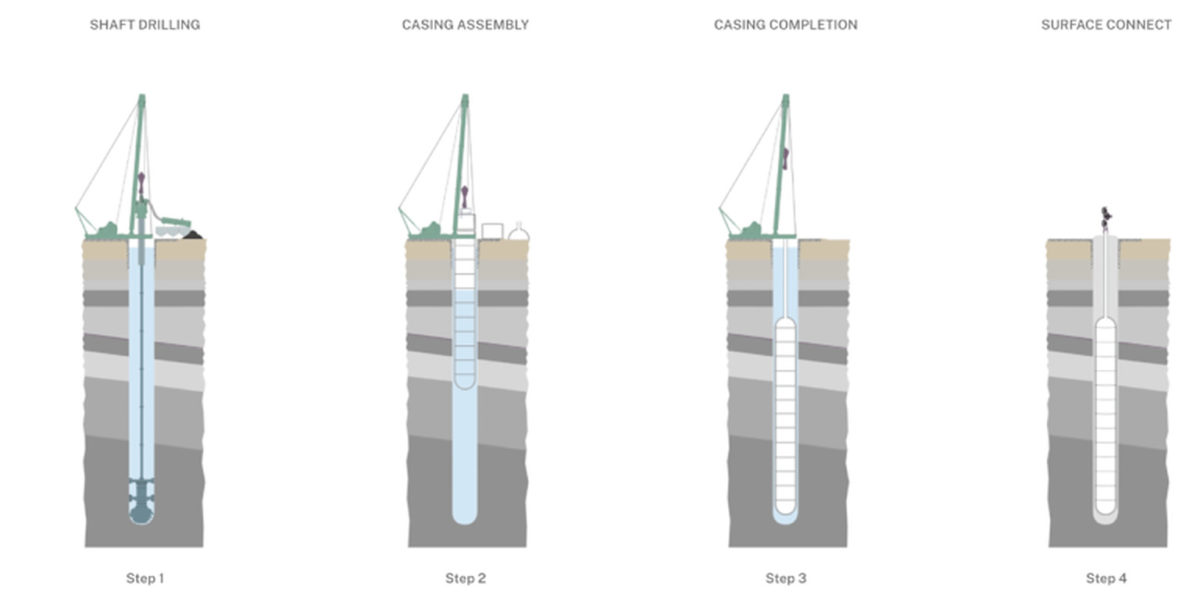Australian civil engineering contractor Abergeldie Complex Infrastructure launched its Ardent Underground vertical hydrogen storage solution in 2019. Building on its boring technology, the design is a purpose-built deep shaft to house compressed hydrogen – not too dissimilar from the salt cavern concept.
Hydrogen storage isn’t a simple task, as the molecule is small and volatile. But without it, projects like Energy Estate’s proposed Hunter Hydrogen Network simply aren’t secure investment decisions.
“The whole discussion now is basically an energy security discussion,” Simon Currie, principal and co-founder of Australian developer Energy Estate, told pv magazine Australia. “We need to have lots of security on the production side, and we need to have lots of security along the midsteam.”
In hydrogen projects, storage is especially vital because to make ammonia and other green hydrogen derivatives, you need a baseload power source so the plants can run uninterrupted 24/7. The way to achieve that is a “both/and” scenario, according to Currie.
That is, you need lots of electrical storage to power the facility – be it in the form of pumped hydro, batteries, concentrated solar thermal power (CSP). You also need hydrogen storage so you have a “large buffer sitting on the midstream side of it,” added Currie. The stored hydrogen then becomes a backstop for when variable sources like wind and solar aren’t available, and pumped hydro or batteries are depleted.
The first project Energy Estate and Abergeldie will look at together is the proposed 1.6 GW Hunter Hydrogen Network (H2N) – a proposal that Currie describes as more of an “ecosystem” than a project. It is being jointly developed by Energy Estate and Japan’s Eurus Energy, which is a joint venture between Toyota Tsusho and Tokyo Electric Power Co. (Tepco).
To continue reading, please visit our pv magazine Australia website.
This content is protected by copyright and may not be reused. If you want to cooperate with us and would like to reuse some of our content, please contact: editors@pv-magazine.com.




It seems quite expensive to store hydrogen. I don’t understand why companies still try heavy and polluting solution, rather than this solution, unveiled in this article of PV Magazine : July 27, 2022, New tech to produce hydrogen from tap water (www pv-magazine com/2022/07/27/spanish-researchers-develop-tech-to-produce-hydrogen-from-tap-water/)
You just store extra energy into ferrosilicium, and then use the machine invented by this spanish engineer. It’s cheap, localy producted, the perfect energy. We should speak more about it.